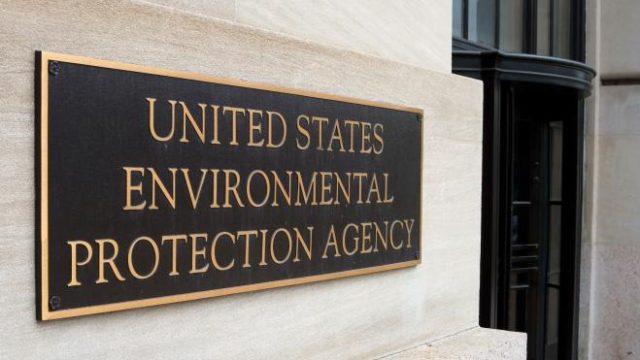Supreme Court EPA's Decision Came After "The EPA Already Won"

The Supreme Court has told the EPA that they cannot implement regulations without considering the costs. The ruling was related to a lawsuit brought by several states (including North Dakota) over the regulation of mercury emissions.
But here’s the thing: These regulations have already had an impact. Power companies have already implemented them, and we power customers are already paying for them. That’s what North Dakota leaders told me. I have an article about it up over at Watchdog:
Public Service Commissioner Randy Christmann, a Republican, said he’s “frustrated” because the courts weighed in years after the costs of the regulations have already hit power companies and their customers.
“I get so frustrated with how our federal government and our federal court system work,” he told Watchdog. “In this case they impose a rule like this, it takes years to litigate it, in the mean time companies have paid hundreds of millions of dollars per plant. It’s all coming back and being imposed on the ratepayers. And now after that work is done and the money spent, the Supreme Court points out that they should have been taking cost into consideration so they overturn it.”
“The reality is this rule was issued three years ago and most of the compliance is done,” Julie Fedorchak, another Republican member of the PSC, told Watchdog. “I know because we’ve approved a lot of the changes. North Dakota customers are already today paying for those improvements.”
There is some hope for the ruling though. The EPA is working up regulations for carbon emissions – potentially “catastrophic” regulations – and there is some hope that the Supreme Court’s requirement that cost be a consideration could allay those regulations or at least make them less harmful:
“The decision may be most important for how it will impact future EPA rules and cases challenging those rules,” Stenehjem said. “It is a win for rational decision-making, I hope signaling that the Court will carefully scrutinize EPA’s upcoming Clean Power Plan Rules.”
Christmann called the potential impact of those rules, which seek to limit carbon emissions from power plants, “devastating.”
“When they come out with that CO2 ruling if it is even close to the initial proposal that they released last year it is going to be devastating,” he said. “A bunch of coal plants will have to be mothballed.”
But Fedorchak said the Supreme Court’s recent ruling could weaken the EPA’s case.
“It provides more hope for our coal industry because the cost issue is central to the retirement of the coal plants,” she said. “If you don’t have to factor in costs you can retire coal plants across the board.”
Cost, or more accurately the desire to drive up cost, seems to be central to the EPA’s regulatory agenda. If they can make coal more expensive then perhaps they can drive coal out of the market. And they’ve had success, but it will be interesting to see how successful they will continue to be now that the Supreme Court has weighed in.




